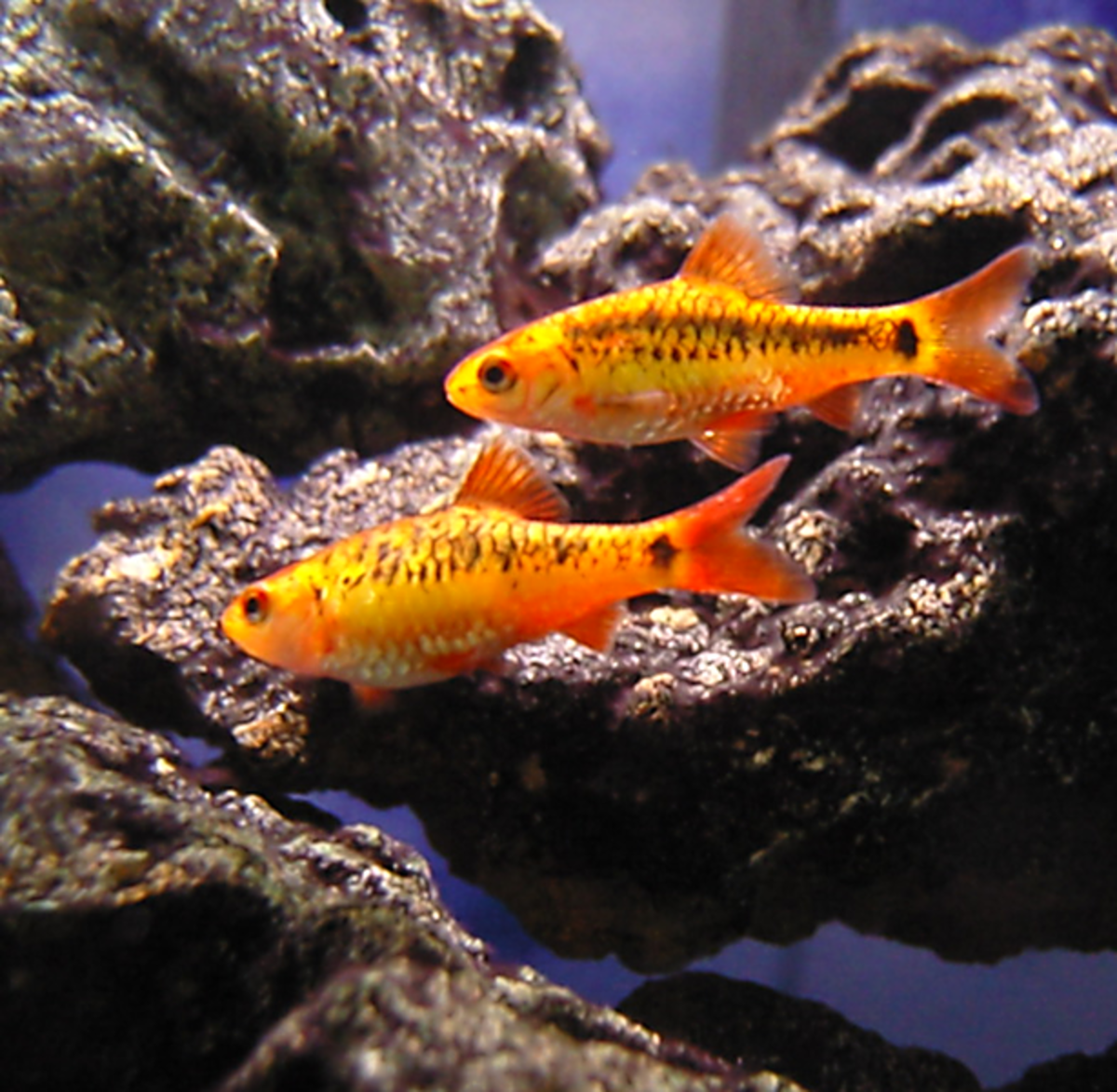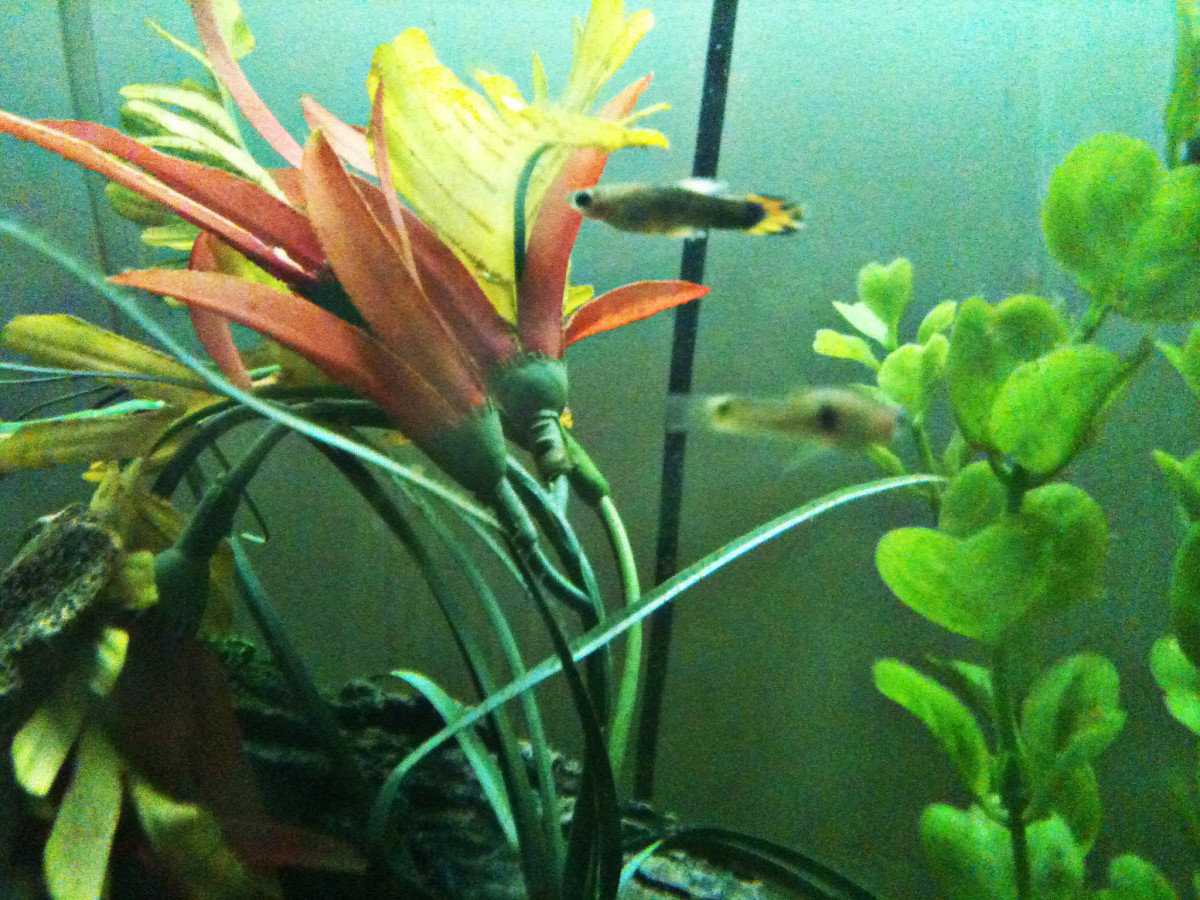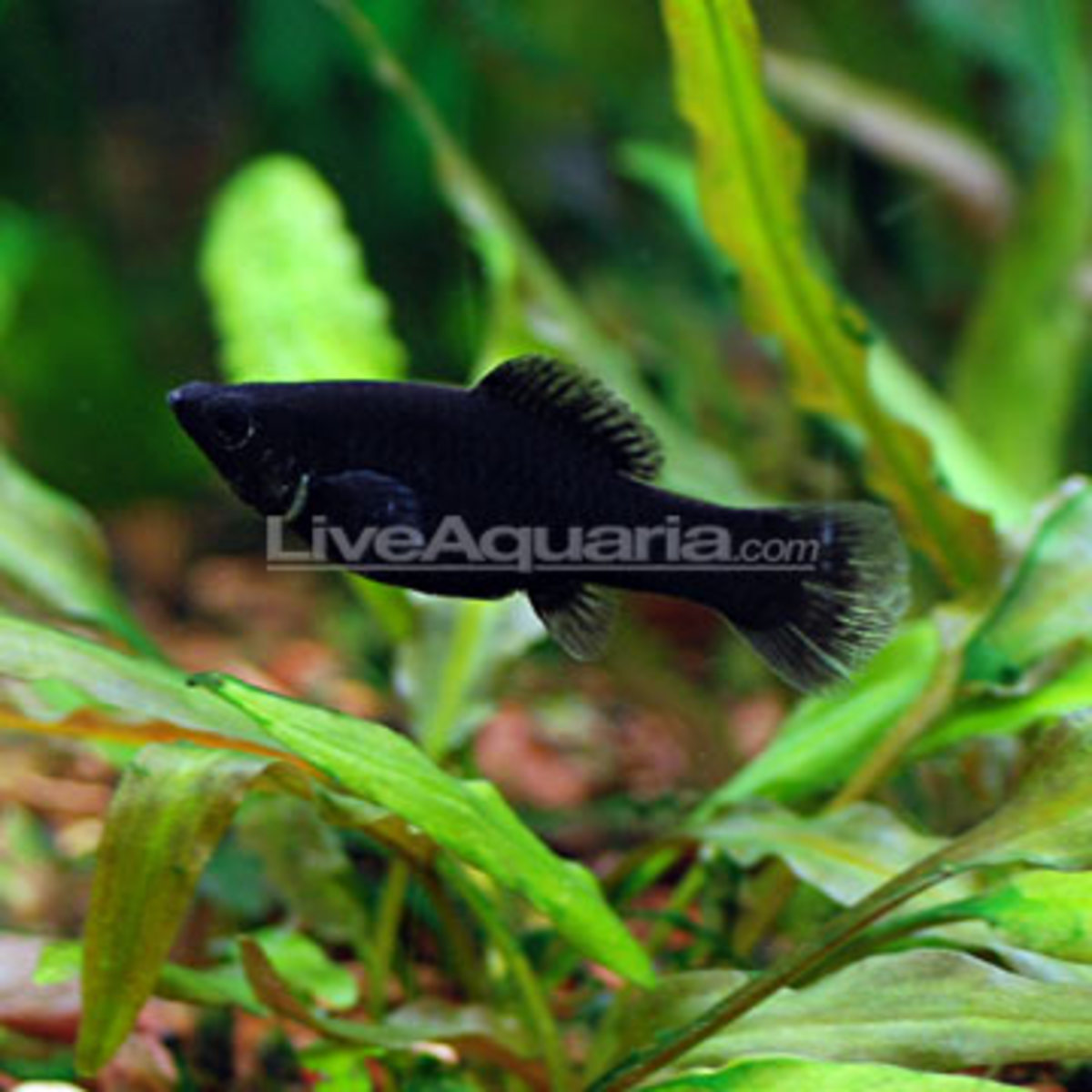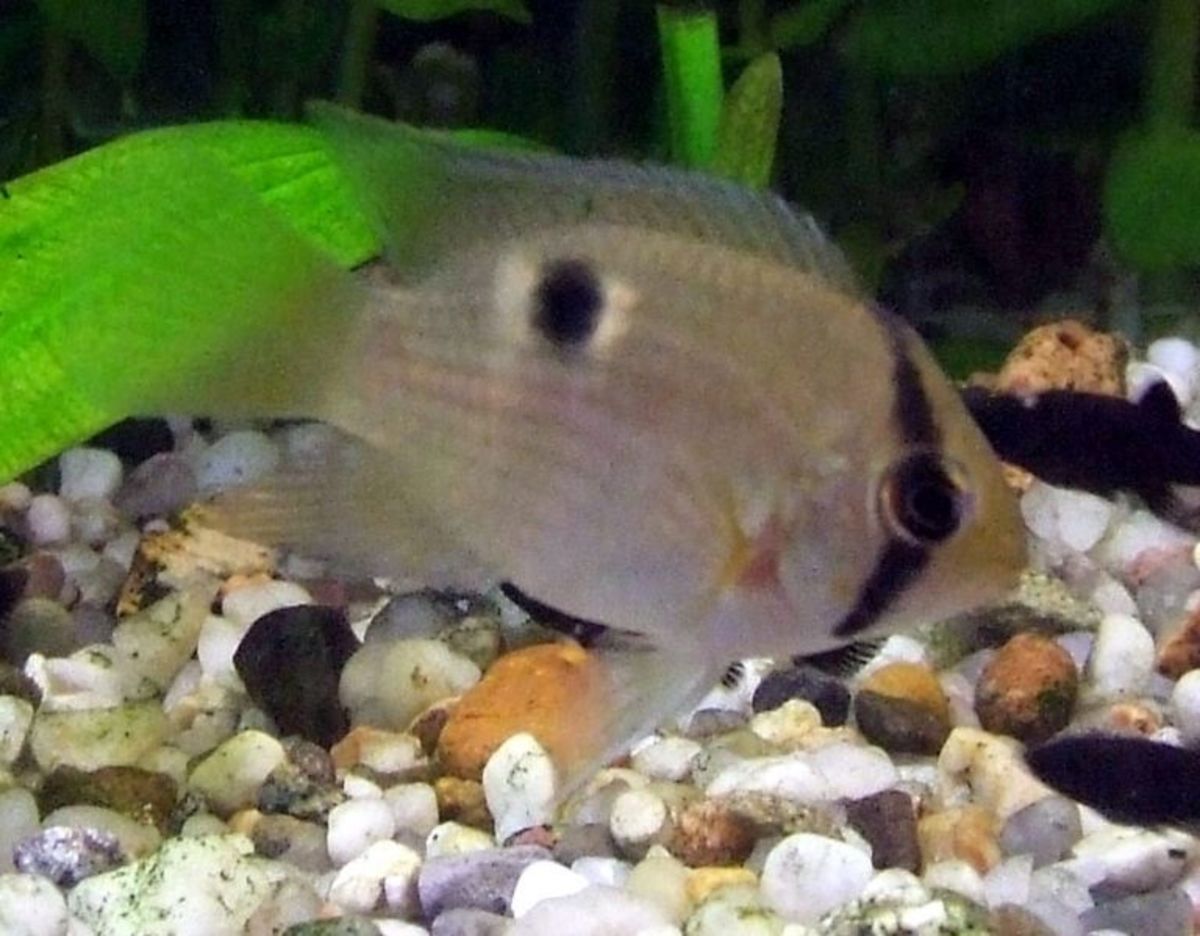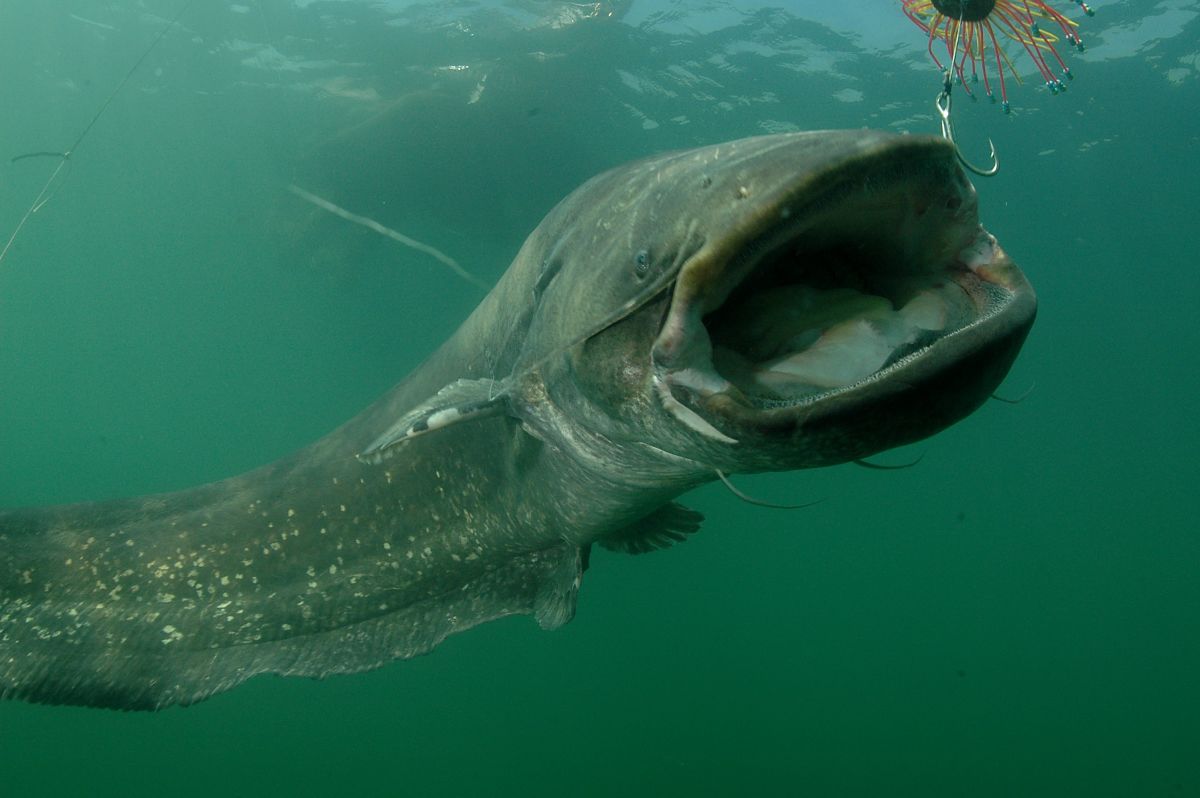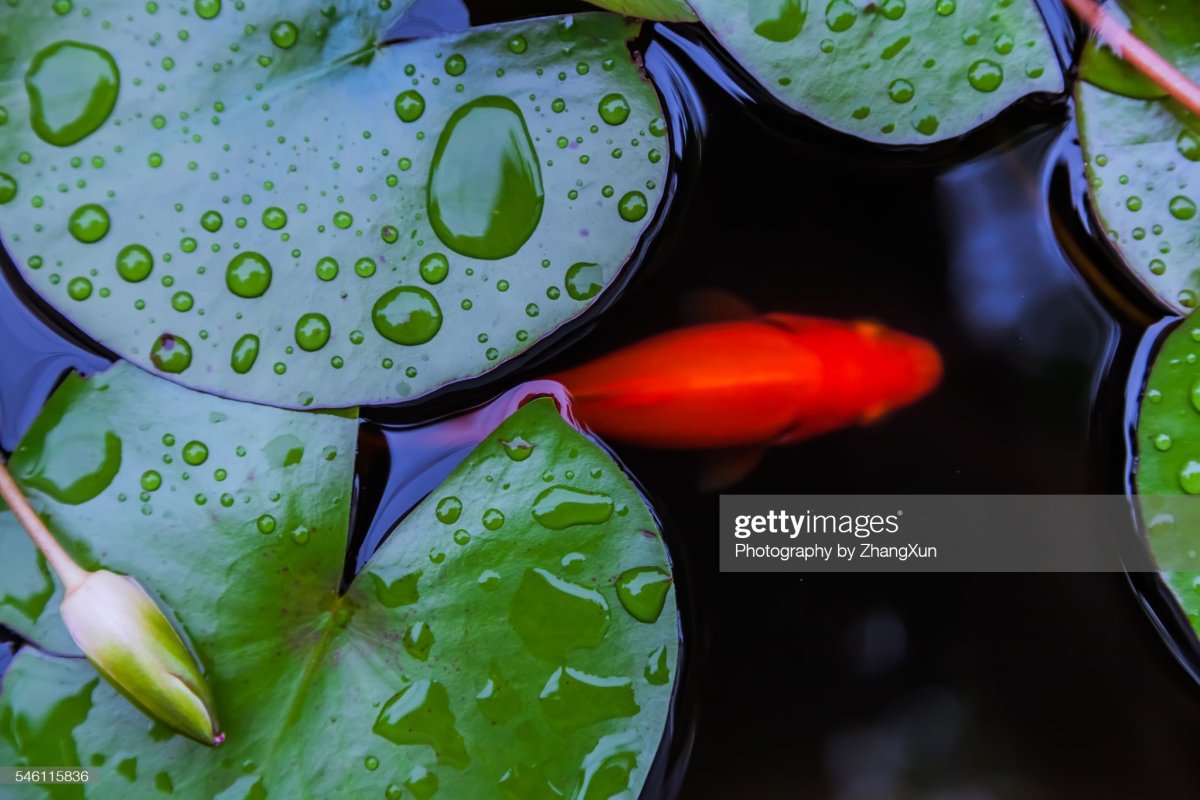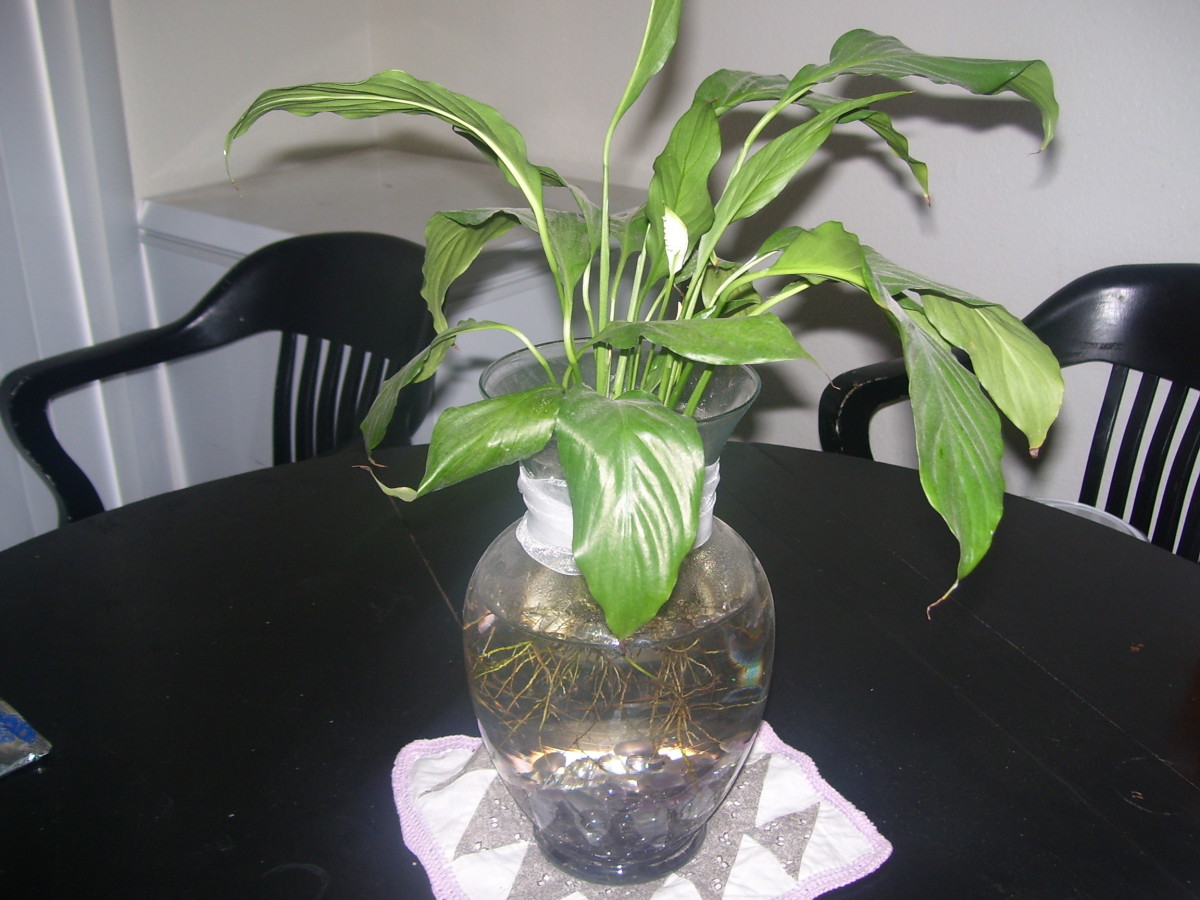Tropical fish keeping - the good side and bad side of keeping them as pets
Why are tropical fish so popular?
Keeping tropical fish is a very popular hobby for many people and it is easy to see the fascination these colourful aquatic creatures hold for those who have them as pets. Many tropicals are vividly coloured and come in all sorts of shapes and sizes. Many are easy to keep too.
Tropical fish are on sale from pet stores and specialist aquarium shops all over the world. Most people keep freshwater species of fish but marine varieties are also available for the more advanced aquarist.
A tank of tropical fish makes an interesting focal point in a room and a great talking point too. Many types of fish are easy to maintain and breed too. It is not surprising that so many people are tropical fish enthusiasts.
Aquarium
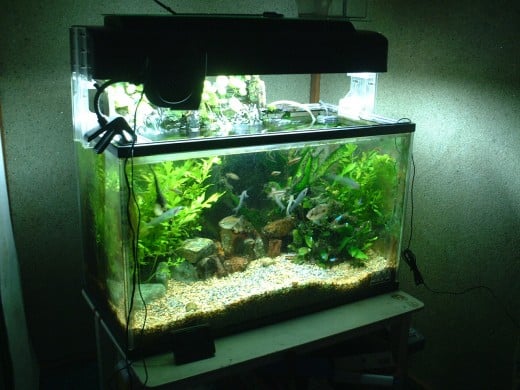
Breeding different tropical fish species
I started keeping tropical fish as a boy and once had as many as 10 tanks in my bedroom. My mother used to get mad at me for making a mess with water when I was cleaning my aquariums out and sometimes they leaked which was even worse. She alos used to tell me off for not going to bed because I was still up attending to my fish.
"You have to be in school in the morning," she would say, and I would endeavour to explain that a pair of some difficult to breed species was about to do so and I had to be present to save the eggs. Many tropical fish are cannibals and think nothing of eating their eggs or babies. In some species one of the parents, and often it is the male, must mount guard over the newly-laid eggs and later on when the baby fish hatch out.
I used to feel a real satisfaction and pride in caring for my fish and rearing the ones I bred successfully. I would take them to local aquarium shops to sell or trade for other species. I became known as a Cardiff 'expert' on tropical fish.
I reared Schuberti or Golden Barbs, Keyhole Cichlids, Angel Fish, various types of Gourami, Paradise Fish, loads of Platies, Swordtails, Guppies and Moliies, and once bred the Bumblebee Goby too. At that time this was a significant achievement because books said it had not been bred in captivity. I failed to rear the fry that all died but I was still proud of having got my fish to spawn.
I would have been around eight or nine when I started keeping tropical fish and carried on into my teens. I had a friend called Roger who was as passionate about the subject as me. We used to take the train to Newport because we had discovered that different species were often on sale there that we couldn't get in Cardiff. It was exciting seeing what they had in the shop we used to go to.
And it wasn't just the tropical fish because I was very interested in growing aquatic plants too. Again I used to sell some of these back to the shops. I used to grow loads of Water Lettuce and the shop-keepers would usually want that to sell as a floating plant.
Indian Fern was another floating species I did very well with. I would take big bags of these plants to the aquarium shops to sell or trade.
A colourful Killifish species
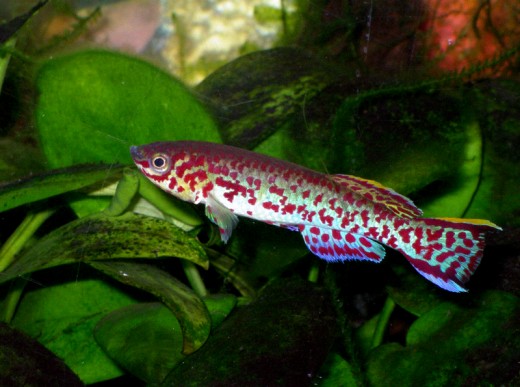
Buy the Atlas of Tropical Fish on Amazon
Keeping Killifish - a specialist's fish
Roger and I had boyish dreams of having out own tropical fish breeding and selling business. It never happened but it was fun to think about what we wanted to do.
One thing we really wanted to have a go at was keeping Killifish which are a type of fish thought of as for specialists only. At the time I am writing about they were virtually unavailable in South Wales. None of the shops ever had any and we had to give up on that idea.
Many years later I was to find a way of getting these fish when I became a member of the British Killifish Association. Members trade and sell fish and eggs by post. This sounds crazy but it is is possible (or was then - I haven't checked the current laws) to send fish packaged in plastic watertight bags surrounded by insulating material to keep the warmth in, in what is known as a "fish box", which is usually made of polystyrene enclosed in cardboard. Imagine the looks I got at the local post office when I took my first box of live fish there and said where I wanted to post it to!
The eggs of many killifish can be put in damp peat and will stay dormant for quite long periods of time. This is because they are laid by what are known as "annuals" or "bottom-spawners". Many types of killifish from areas where there are periods of drought every year have adapted by having very short lifespans in which there is a rush to reach maturity and breed. They lay their eggs in the mud at the bottoms of the pools they live in which dry up. The eggs hatch when the rains return and the cycle starts again.
Males of some of these killifish have fantastic colour schemes that would rival any fish from the coral reefs. Nothobranchius males are usually a bright blue and have red or orange banded tail fins. Fundulopanchax or Aphyosemion males are also very colourful.
If you wish to keep and breed these types of fish you have to duplicate spawning conditions by giving them some substrate material to burrow into. You then harvest the eggs by collecting this material and drying it out to a damp consistency for storage.
Making these fish a real specialist fish too is the fact that most types only eat live foods and so you need a constant supply of bloodworms, daphnia and tubifex worms for the adults and brine-shrimp for the fry.
Males of many types of killifish will battle fiercely too and this means you cannot keep them together. They also court the females constantly and roughly in their efforts to breed and so it is usual to keep one male with more than one female and to provide places for the females to hide and have a rest.
They certainly make fascinating fish to study and breed and there are many people who have specialised in only keeping and breeding killis.
Nothobranchius rachovii Beira 98 Breeding
Invasion of the Snakeheads!
Tropical fish links
The downside of keeping tropical fish
Besides all the excitement and enjoyment that can be had from keeping, breeding and rearing freshwater tropical fish there are many problems too.
There are many very contagious diseases such as White Spot and Velvet Disease that can easily wipe out a community tank of fish if it is not spotted in time and the fish treated. Adding to this problem is the fact that in many cases when you buy a new fish you really can't tell if it is already carrying some disease. This is why many aquarists will quarantine newly acquired specimens.
Of course the dealers who run the shops are only to glad to sell you the cures for fish diseases and they know that if you lose your fish then you are likely to come back to buy some more. It results in more business for them.
Unfortunately this is a very real downside of the tropical fish industry. The fish are thought of as little more than a commodity to sell and make a profit. This means that they have often been badly kept and transported. The ones you see for sale are the ones that survived!
Not only that but many types that require special feeding, such as only eating live foods, may well be starving and get very poorly fed in the shops if at all. If someone then buys a carnivorous fish and fails to feed it the right sort of food it will die.
Many fish that are wild-caught are seriously depleting the numbers in the natural habitats, and coupled with habitat destruction and pollution, many species are endangered in the wild. Tropical fish are as much in need of conservation as many other animals and plants.
Another serious problem is caused by irresponsible fish-keepers who get fed up with their pets or find they are too big or too vicious, or maybe they simply end up with too many and don't know what to do. Such people often end up releasing fish into waterways in subtropical areas like Florida where these non-native species can thrive and compete with, and in many cases kill, the native ones. Invasive species of plant and animal are a problem worldwide and freshwater tropical fish come into this category as well. The Snakehead is an example of a fish that comes into this category because it is carnivorous, grows fast and will eat any other fish it can catch.
This problem is not just with the tropical fish but with aquatic plants too. Two that come to mind are the floating Azolla, which will cover a waterway so thickly it looks like land, and the Parrot's Feather that will oust native plant species by taking over the areas they were growing in.
There are many good points to be said about keeping tropical fish but some very bad ones as well.
Copyright © 2013 Steve Andrews. All Rights Reserved.


